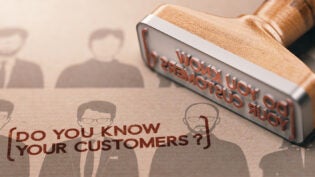
If you have a world-class brand, are you showing world-class quality at every turn? Is your brand involved in on-going training? It’s not just about customer service and brand awareness. It’s not that everyone knows your brand, it’s what their perception of your brand is.
Organizational communications is sadly lacking in a good many companies. With most of the companies I’ve had the pleasure to assist in their branding, communication is a major hurdle. This one area would catapult your brand if you found an efficient honest way to keep employees in the loop. Encouraging active participation in the brand would reap benefits in the areas of productivity and employee satisfaction.
How many brands that see themselves as world-class have little to no marketing? If a brand has no plans in place to draw new business to their doors, these are usually the kind of operation, that only reacts when times are slow. They don’t have an ongoing strategy. I understand why their rational seems sound, but the truth is marketing is part of a long-term strategy, no instant relief. Your customers are no different than yourself. How often do you react to a promotion immediately on viewing something? Most of us react when the need arises and we seek out brands that we perceive as the leaders. This leadership perception is not the result of hit and miss marketing but an on-going strategy.
Taking your brand seriously is not just putting your best foot forward in one area, but doing it better in EVERY area. When you cheap out, initially if seems the rational thing to do, but when the chips are down it’s too late to change perceptions. Home-made marketing materials are a good case in point. ‘Amateur’ doesn’t sound like a brand anyone would want. It’s just smart to Google your brand regularly. See what perception rises to the surface and act on that. If it’s positive, pat yourself on the back. If the perception is not so pretty work to correct it. I would also suggest sending your contacts a link to an online survey about you and your brand.
What if you come across negative reviews and customer complaints?
The first bit of advice I give for this situation is to fess up early on. Don’t try and “fix it” with spin. We all make judgement errors and as your mother once said, “Honesty is the best policy.” Same here. It’s how you respond that defines your brand. It is also a super opportunity for your brand to shine. When all is going well, nobody is really standing up patting you on the back. But when you drop the ball and go way out of your way to correct the situation that is when the public notice and admire the brand. Martha Stewart is a great case in point. She erred, did her time in jail and is now even more respected because of it.
The worst thing for a dissatisfied customer is in-action and that breeds contempt for your brand. When I err I try to over deliver on the solution, that breeds advocacy. They can’t brag enough about how great you treated them and didn’t try to shift blame.
My favorite brand building tool is blogging. Just like I’m doing right now. It sets me up as a thought leader. Continually delivering on great content rise the value of your brand. Another is helping people with their problems. I do this on LinkedIn groups. I join conversations and try to pass on great advice. Every week I deliver free branding tips to my list’s inbox. These tips are actionable items that businesses can use right away.
You want to have a leadership brand. Being a giver over a taker will go a long way to establishing this. When you’re on sites like Facebook and Pinterest, be sure that nobody is posting stupid items involving you in the name of comedy. Keep your brand profile clean, humor is too dangerous to control. Leave it to experts.
Published: February 12, 2014
2002 Views
2002 Views














